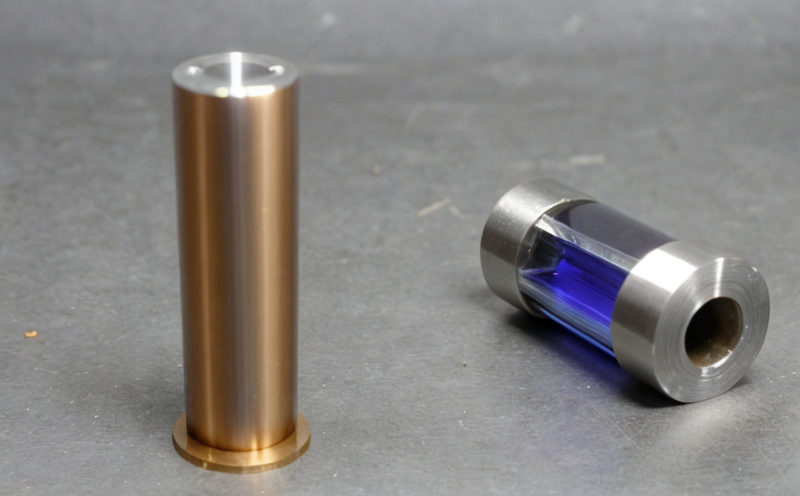Performance test of printed textile fabrics
The performance test of printed textile fabrics is a critical step in ensuring that products meet both aesthetic and functional standards. This test evaluates the dimensional stability, shrinkage, and overall integrity of printed textiles under various conditions. For quality managers, compliance officers, R&D engineers, and procurement professionals involved in textile manufacturing, this service ensures that end products are reliable and consistent.
Dimensional stability is a key factor in ensuring that printed fabrics maintain their intended shape and size throughout use. Shrinkage testing helps to identify the extent of shrinkage during washing or drying processes, which can significantly impact customer satisfaction. This test is particularly important for printed textiles as even minor variations in shrinkage can lead to significant quality issues.
The performance test involves several stages, including sample preparation and conditioning, placement on a suitable testing apparatus, application of specified environmental conditions, and measurement of fabric dimensions before and after the test. The results are then analyzed against industry standards to ensure compliance with regulatory requirements.
Environmental factors such as temperature, humidity, and washing protocols play crucial roles in determining dimensional stability. Testing is typically conducted at different temperatures and humidity levels to simulate real-world conditions. This approach ensures that the results accurately reflect how the fabric will perform under various environmental stresses.
In addition to shrinkage testing, this service also includes a range of other performance tests tailored specifically for printed fabrics. These may include colorfastness, abrasion resistance, and mechanical strength tests. Each test is designed to assess different aspects of textile quality that are important for the specific application of the fabric.
The use of advanced testing equipment allows for precise measurement and analysis of fabric properties. This ensures accurate results and reliable data that can be used to make informed decisions about product design and manufacturing processes. By incorporating these tests into their quality control protocols, companies can ensure that they are producing high-quality printed textiles that meet both customer expectations and industry standards.
For R&D engineers, this service provides valuable insights into the performance characteristics of different fabrics and printing methods. This information is crucial for developing new products or improving existing ones. For procurement professionals, it ensures that they are sourcing materials from suppliers who can consistently deliver high-quality printed textiles.
Scope and Methodology
| Parameter | Description |
|---|---|
| Sample Preparation | The samples are conditioned to a standard temperature and humidity level before testing. This ensures consistency across all tests. |
| Testing Conditions | The fabrics are subjected to specified environmental conditions, including temperature, humidity, and washing protocols. |
| Measurement Techniques | Advanced instrumentation is used to measure fabric dimensions accurately. This includes digital calipers and laser measurement systems. |
| Data Analysis | The collected data is analyzed against industry standards to determine compliance with relevant regulations. |
Environmental and Sustainability Contributions
The performance test of printed textile fabrics plays a vital role in promoting sustainable practices within the textile industry. By ensuring that printed textiles maintain their quality over time, this service helps to reduce waste and extend product lifecycles. This is particularly important given the growing emphasis on environmental responsibility.
Through rigorous testing, companies can identify areas where improvements can be made to enhance the durability of printed fabrics. This not only reduces the need for frequent replacements but also contributes to a more sustainable supply chain. By working closely with suppliers and manufacturers, this service helps to drive innovation in textile manufacturing processes that are both efficient and environmentally friendly.
The use of recycled materials and water-saving technologies is becoming increasingly important in the textile industry. This service supports these efforts by ensuring that printed textiles perform consistently even when made from sustainable raw materials. By promoting best practices in environmental stewardship, this service contributes to a more responsible approach to product development and manufacturing.
Competitive Advantage and Market Impact
The performance test of printed textile fabrics provides significant competitive advantages for companies operating in the textile industry. By ensuring that their products meet or exceed customer expectations, these companies can build strong reputations as leaders in quality and innovation.
Achieving compliance with international standards such as ISO 13934-2:2018 (Shrinkage of Textile Fabrics—Part 2: Determination by Dry Heat Method) and ASTM D5736-19 (Standard Test Methods for Shrinkage of Textiles after Home Wash and Dry) demonstrates a commitment to quality that can differentiate a company from its competitors. This is especially true in markets where consumer demand for high-quality, reliable products is increasing.
By incorporating performance testing into their product development processes, companies can identify potential issues early on and make necessary adjustments before production begins. This proactive approach not only reduces costs but also ensures that the final product meets or exceeds customer expectations. In a highly competitive market, this can be a significant differentiator.
The ability to provide accurate and reliable performance testing results is becoming an increasingly important factor for customers when selecting suppliers. By offering this service, companies can position themselves as trusted partners who prioritize quality and compliance.





